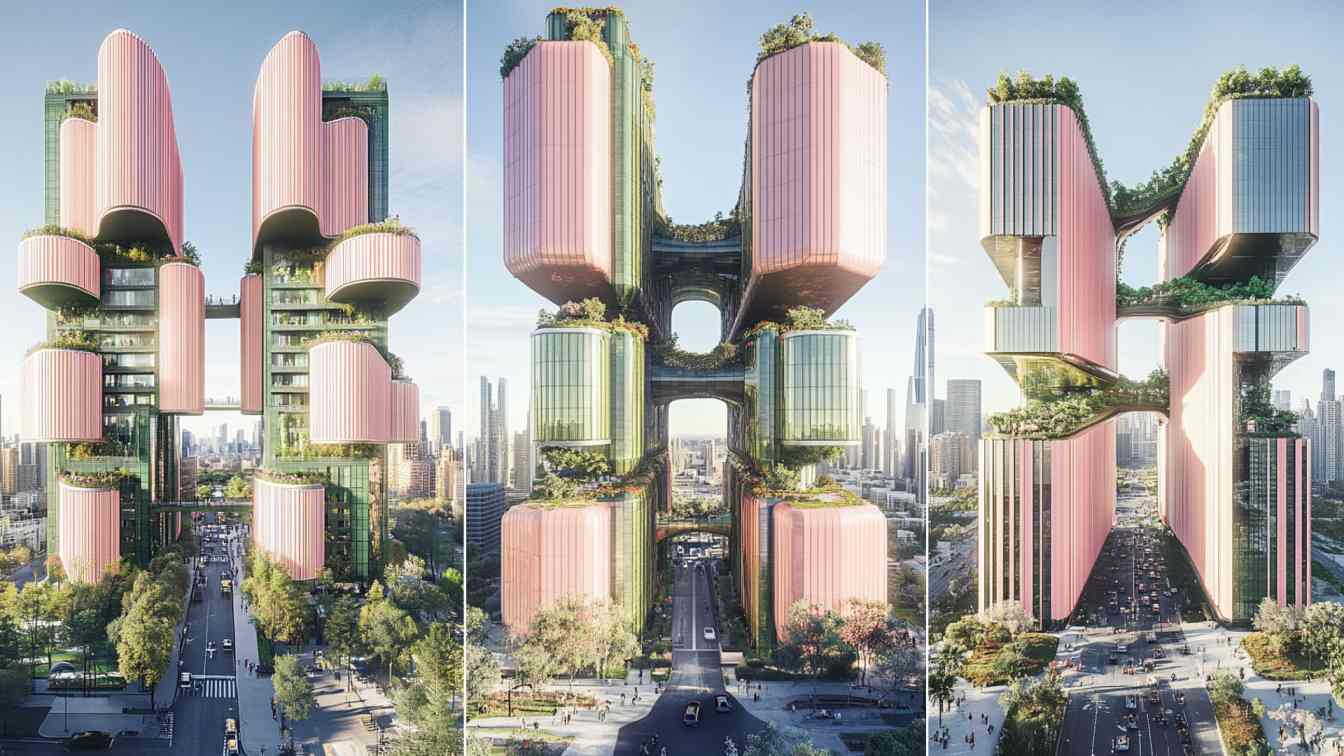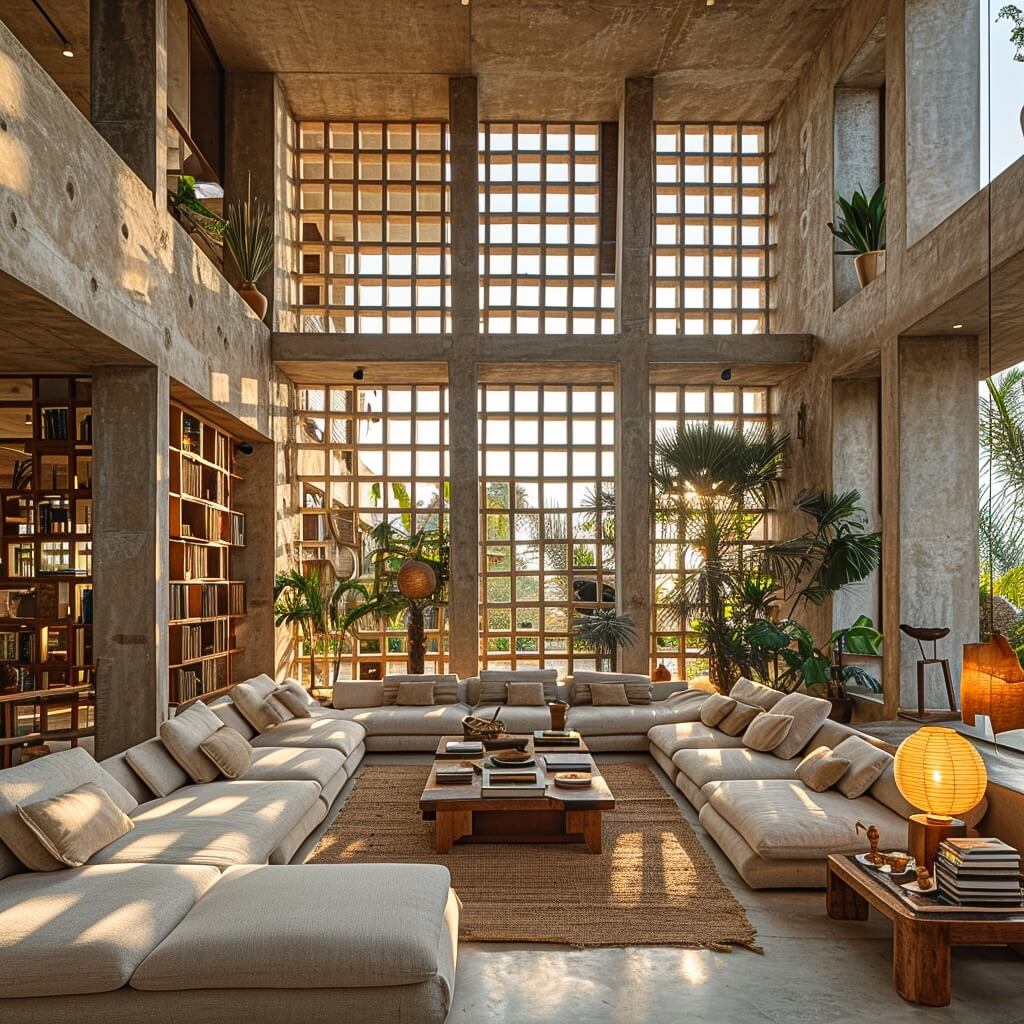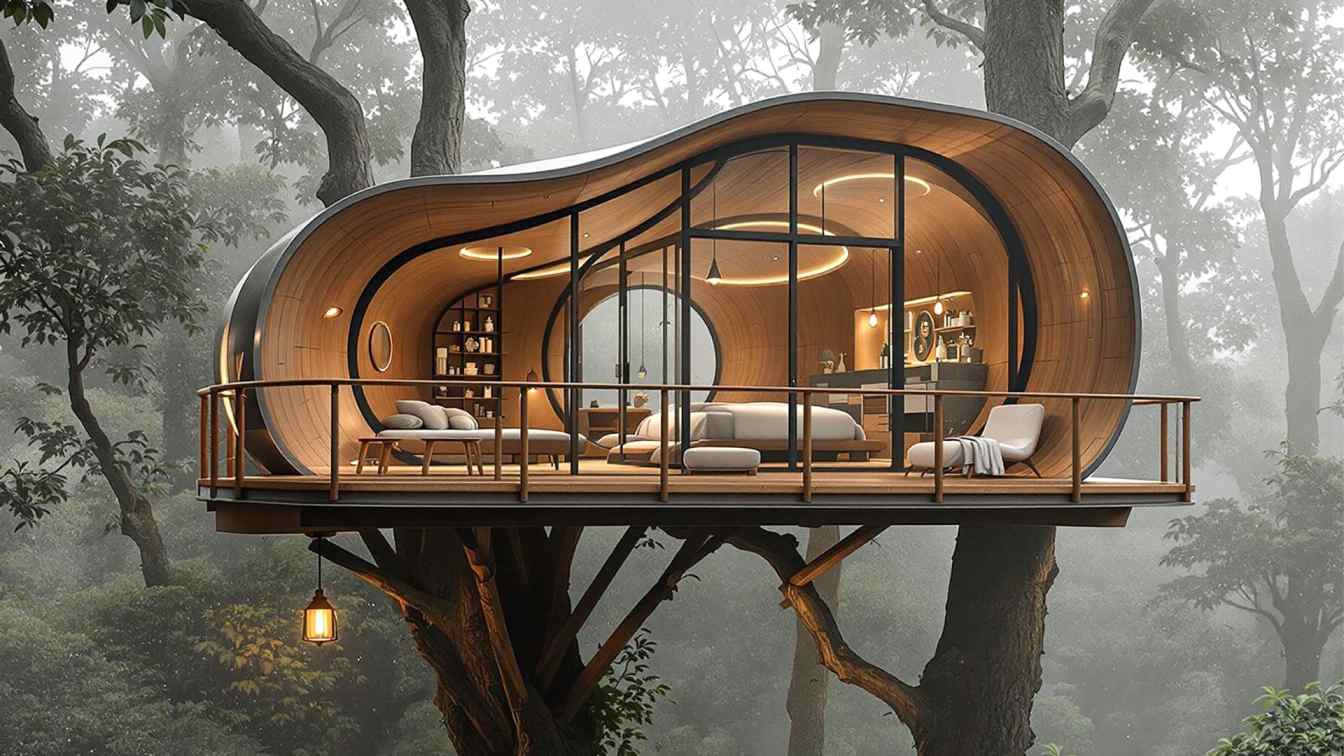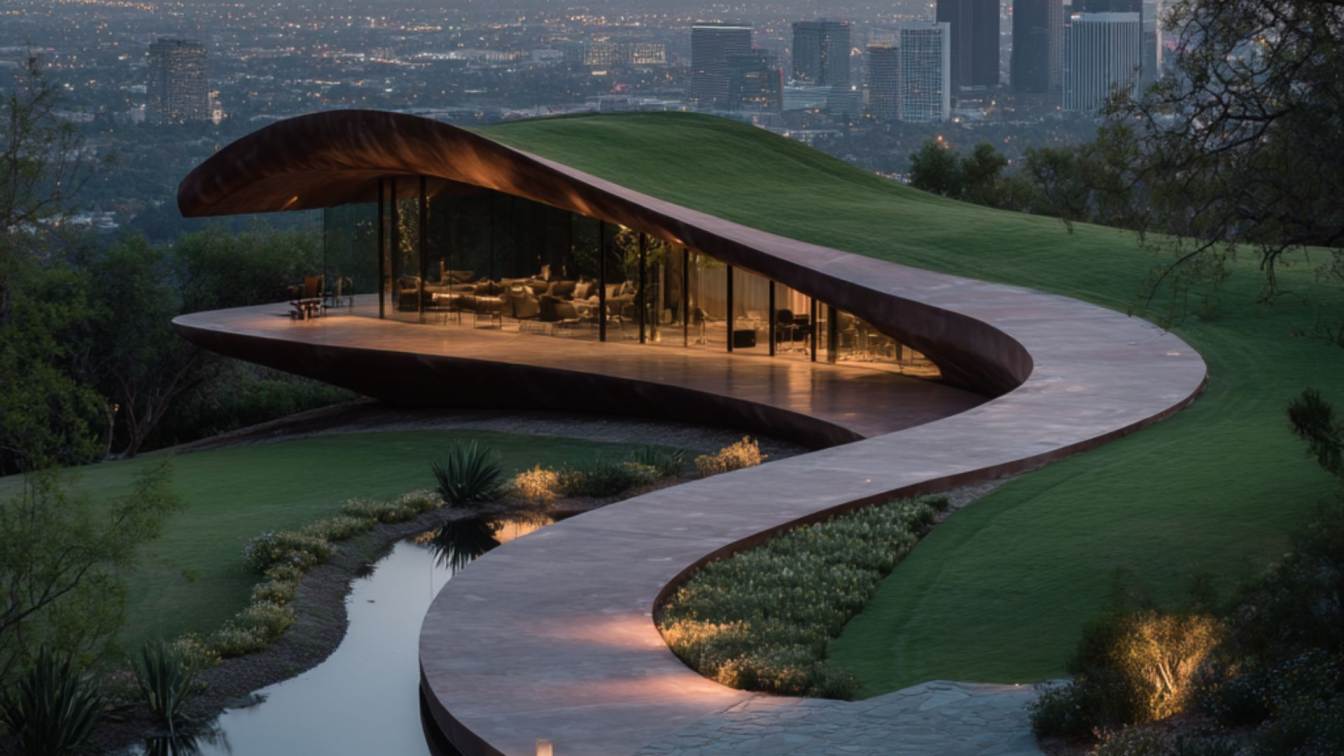Elaheh Lotfi: In the ever-evolving architectural landscape of New York City, where steel meets sky and culture meets concrete, a visionary new concept emerges — a futuristic bus stop in the shape of a tree. At first glance, it looks like a living sculpture, rooted in the urban fabric yet reaching toward the future — but it's more than just eye-catching design. It’s a bold statement about sustainability, innovation, and the seamless blending of form and function.
This architectural exterior rendering explores what happens when nature inspires technology, and technology reimagines public infrastructure. Designed with a blend of Bjarke Ingels’ bold parametric logic, Zaha Hadid’s fluid geometry, and Iris van Herpen’s avant-garde intricacy, the result is a tree-like structure composed of flowing lines, layered glass, and precision-cut metal — all brought together in a photorealistic visual that feels both grounded and ethereal.
Set in the heart of NYC, this organic geometric form reinvents how we experience city spaces. The canopy-like crown mimics tree branches, offering shelter and shade, while its metal and glass lattice reflects the surrounding skyline like a living mirror. It’s a functional sculpture, a meeting point, a conversation starter — an eco-friendly public design that feels like a glimpse into the next era of urban living.

This concept is a triumph of parametric architecture, where algorithms breathe life into geometry, and data gives shape to dreams. Every curve and intersection is intentional. Every material choice — from the recyclable metals to the high-efficiency glass — is a nod to environmental responsibility. And yet, nothing is sacrificed in terms of aesthetic power. It’s a perfect dance between nature’s patterns and digital craftsmanship.
But perhaps what makes this vision so captivating is that it doesn’t ask us to look forward — it makes the future present. It invites us to imagine a city where even something as utilitarian as a bus stop can become a landmark, a place of beauty, a symbol of progress and care. Would you pause here during your commute? Would you miss your bus on purpose just to stay a little longer?
In a world that often moves too fast, this design reminds us that public spaces deserve artistry, that sustainability can be stunning, and that the future of cities lies not just in towering skyscrapers, but in the thoughtful reimagining of everyday encounters. This is not just about getting from Point A to Point B. This is about turning the journey into an experience — one where nature, architecture, and innovation grow together, quite literally, like branches of the same vision.






























